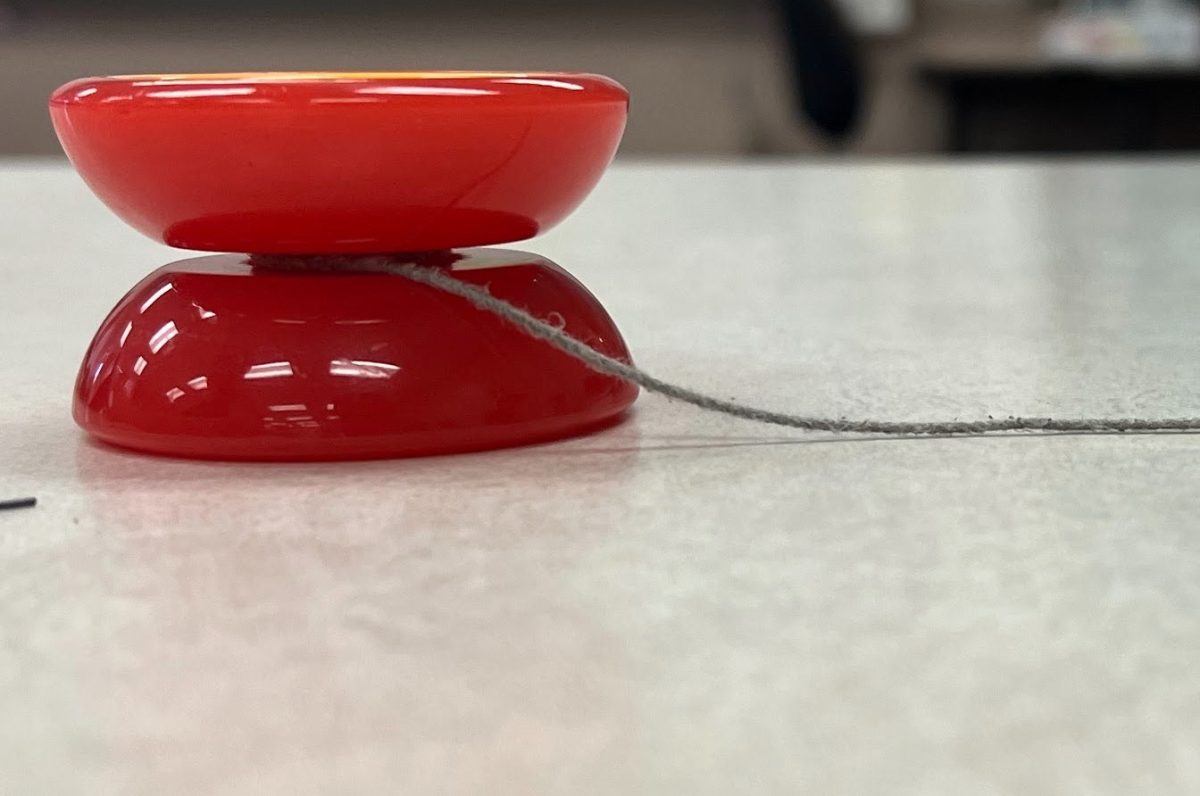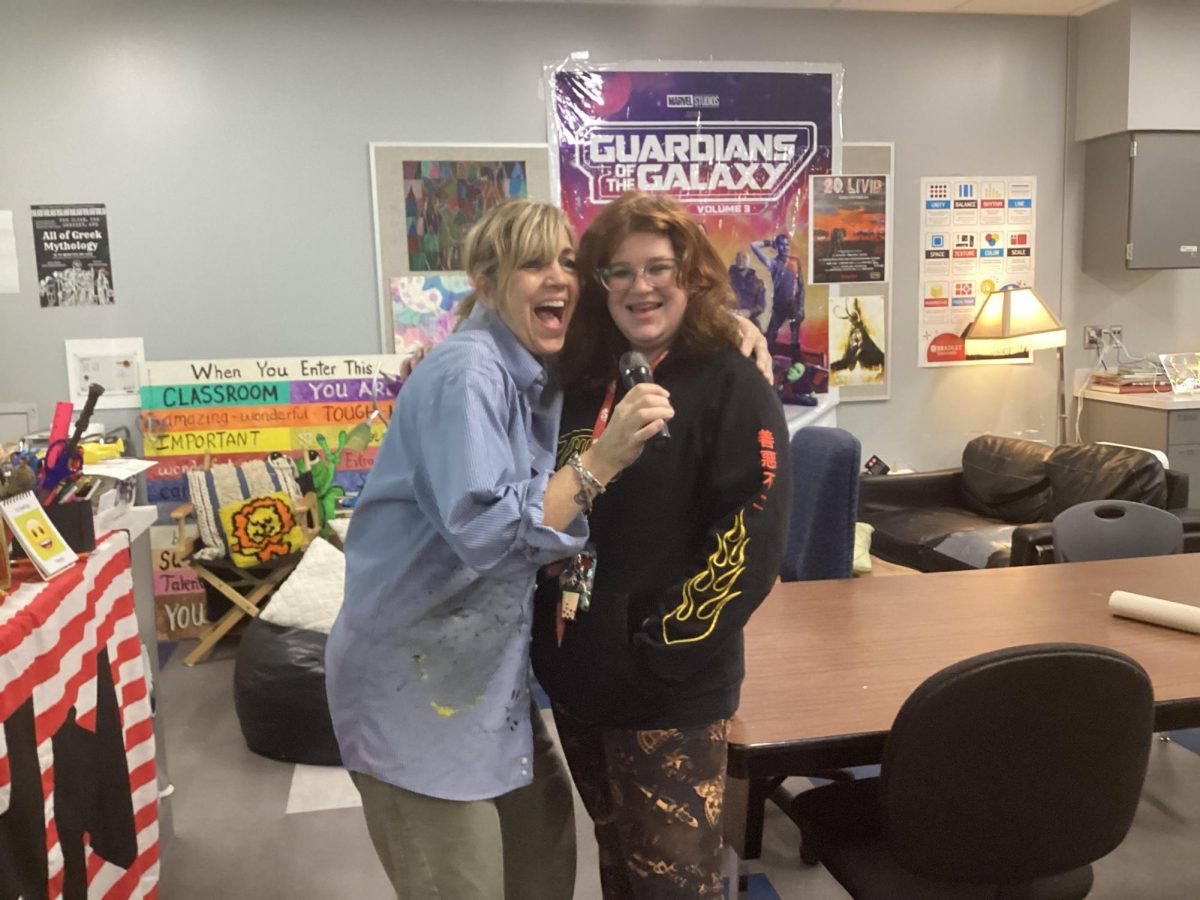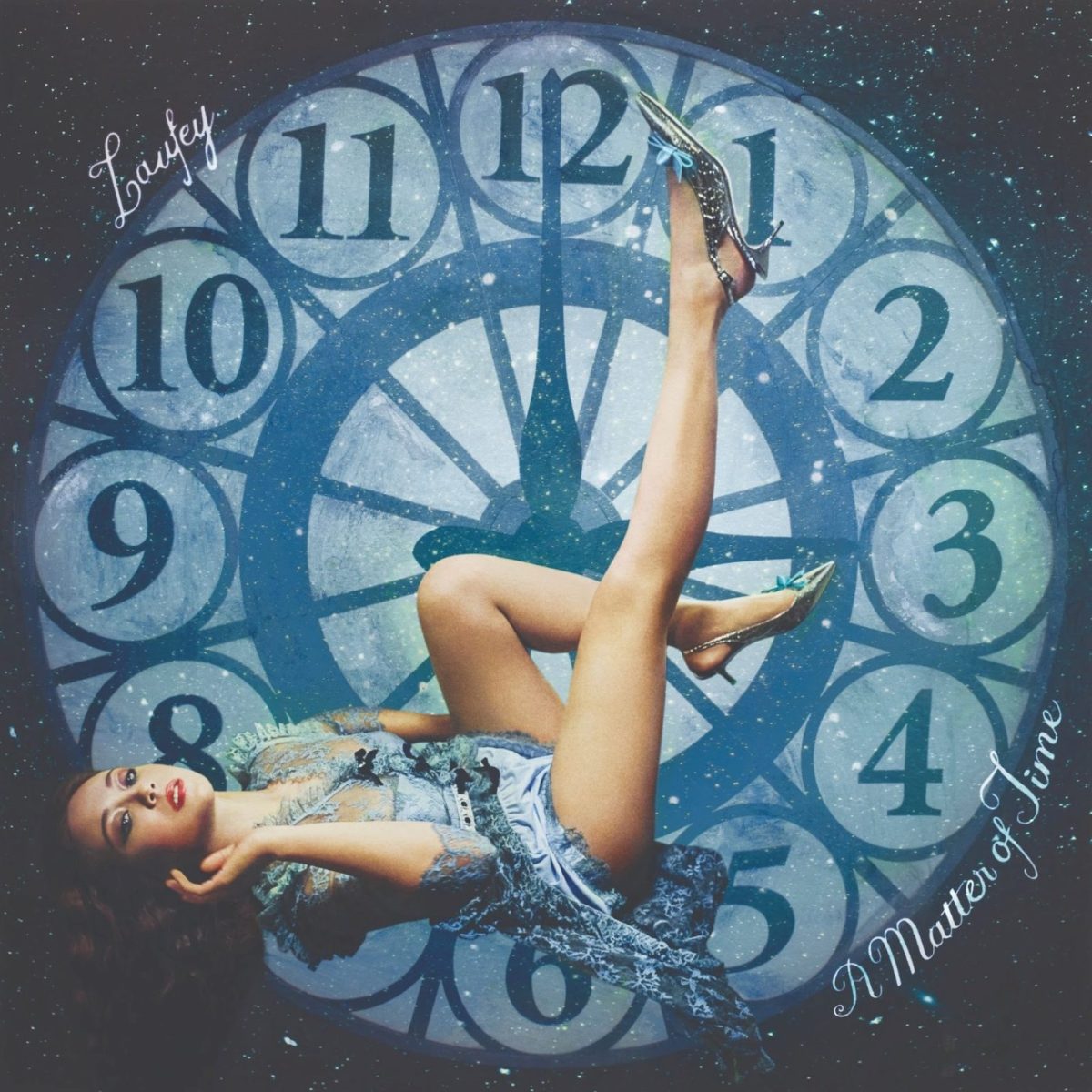The history behind this is enough to make anyone’s head spin!
The Yo-Yo is the pinnacle of mankind’s creation–a tool that can go “around the world,” “rock the cradle,” and even “walk the dog.” It is believed to have originated in ancient China; however, the first instance of the Yo-Yo was actually traced back to 500 B.C. in Greece.
Reportedly, children there would play with these disks–similar to Yo-Yo’s–but when these Grecian urchins grew up, it was customary to offer their toys to the gods. Unlike the plastic Yo-Yo of today, they were originally made with materials such as metal, wood, and terracotta.
Not always, though, has the Yo-Yo been used for just fun and games. For instance, during ancient times in the Philippines, a device akin to the Yo-Yo was used as a way of hunting. Apparently, hunters would wrap a rock with a rope or cord of some sort and then hide way up in the trees. When their prey came within reach, it’s believed that they released the rock, while still holding the cord, to strike the animals below–just as one would to do tricks with a modern Yo-Yo.
However, ancient history aside, the real era of the Yo-Yo came into full swing during the 19th and 20th centuries, when their popularity in America spun wildly out of control. In 1928, businessman Donald F. Duncan Sr. saw his first Yo-Yo while he was out in San Francisco; he liked it so much that he not only purchased the idea of the Yo-Yo but also the entire Pedro-Flores company. Ever since then, the Duncan name and Yo-Yo’s have been inseparable.
This was true Yo-Yo mania. In 1946, the Duncan Company moved to Luck, Wisconsin, which then became the Yo-Yo Company of the World. They were producing 3,600 per hour to keep up with demand. However, its fame was cut short when, in 1965, the Duncan Company was forced into bankruptcy. That same year, the courts also denied the company’s attempt to trademark of the word Yo-Yo.
Despite its inability to spring back, the Yo-Yo is far from extinct. In recent years, the plastic bobble has existed strictly as a novelty item. Yet, it somehow continues to find intrigue with each new generation. “It’s awesome!” declares sophomore Stephen Blacklaw. “I mean, look at it!” He encourages others his ages to buy one and take it out for a spin.




















